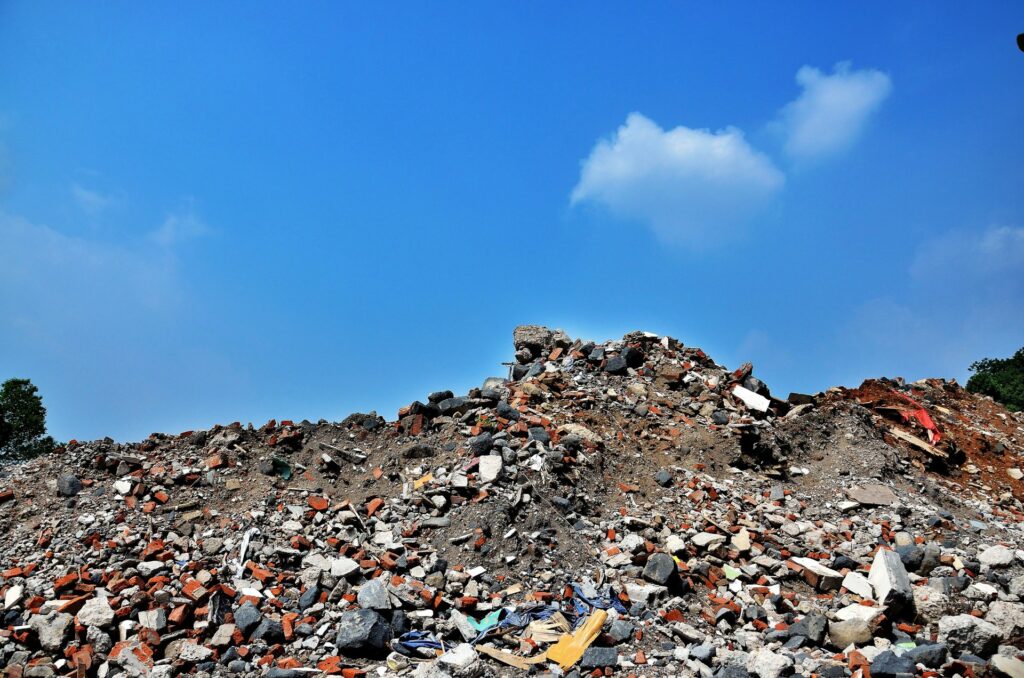Awaab’s Law: What this means for Social Housing Landlords
From today, 27 October 2025, Awaab’s Law officially comes into effect across England introducing strict new legal timeframes for social landlords to fix serious housing hazards.
This landmark legislation means that, for the first time, social landlords are legally required to investigate and repair issues like damp and mould within fixed deadlines.
The law was introduced following the tragic death of two-year-old Awaab Ishak, who died in December 2020 from respiratory failure caused by prolonged mould exposure in his family’s social housing in Rochdale. His death sparked national outrage and a commitment from the UK Government to make sure this never happens again.
How We Got Here
The Social Housing (Regulation) Act 2023, which received Royal Assent on 20 July 2023, laid the groundwork for these reforms — the most significant in over a decade.
Awaab’s Law, now in force through the Hazards in Social Housing (Prescribed Requirements) (England) Regulations 2025, amends the Landlord and Tenant Act 1985 to include legally enforceable duties for social landlords.
These new regulations apply to all registered providers of social housing in England — including local authorities and housing associations.
What Changes from Today
From 27 October 2025, all registered providers of social housing in England must comply with the following requirements:
- Emergency hazards, with immediate risk to a person’s health, must be investigated within 24 hours of being reported.
- Significant damp & mould issues must be inspected within 10 working days.
- Written findings from investigations must be provided to the tenant within 3 working days of completion.
- The summary must explain what was found, what action will be taken, and when repairs will occur.
- If the property cannot be made safe in time, alternative accommodation must be offered at the landlord’s expense until the hazard is resolved.
- These duties are now legally implied into every social tenancy agreement—meaning failure to comply can amount to a breach of contract, enforceable by the tenant.
- If the property cannot be made safe in time, the landlord must offer suitable temporary housing at no cost to the tenant until the issue is resolved.
Phased Implementation
The Government is introducing Awaab’s Law in phases:
- Phase 1 (now active – October 2025): Damp, mould, and all emergency hazards.
- Phase 2 (expected 2026): Additional hazards such as excess cold, heat, fire, or structural instability.
- Phase 3 (expected 2027): Remaining hazards under the Housing Health and Safety Rating System (HHSRS), excluding overcrowding.
These phased steps allow landlords time to adapt systems and processes to comply fully with the law.
Legal Enforcement and Accountability
Awaab’s Law introduces new implied contractual terms in tenancy agreements. This means that failing to meet the required standards or timescales can amount to a breach of contract, giving tenants legal grounds to take action.
Social landlords must now demonstrate that they have used “all reasonable endeavours” to meet their duties. This includes:
- Maintaining detailed repair and communication records.
- Demonstrating at least three reasonable attempts to gain access for inspections.
- Recording all remedial actions and tenant communications.
The Regulator of Social Housing also has new powers to enforce compliance — including carrying out unannounced inspections, issuing improvement notices, and imposing unlimited fines for serious breaches.
How We Can Help
At RPP, we have extensive experience supporting social landlords and housing associations. Our team of expert Building Surveyors can help you meet your new obligations under Awaab’s Law through:
- Comprehensive Damp and Mould Surveys, with same-day site data capture, using the latest technology, and 48-hour reporting.
- Condition assessments and compliance audits aligned with the 2025 regulations.
For more information or to book a Damp & Mould Survey under the new Awaab’s Law requirements, contact our team today.


